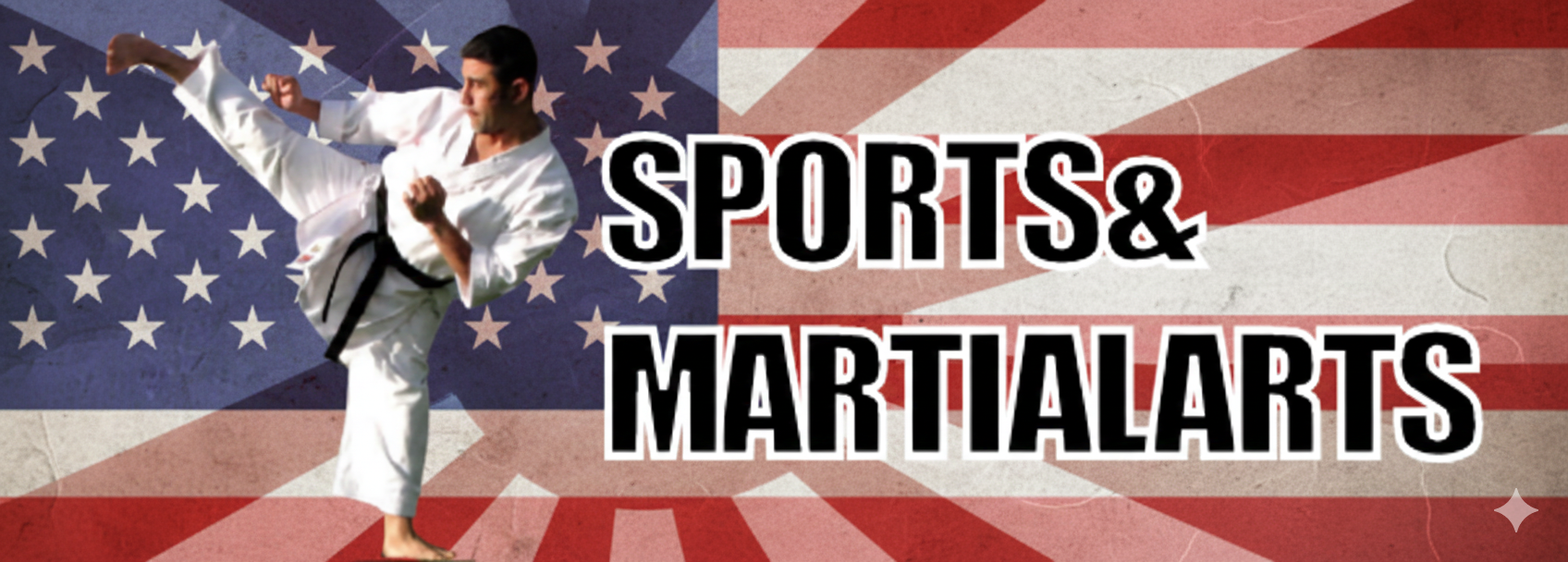Contents
Let’s Talk About the Nunchaku – A Legendary Martial Arts Weapon
If you’ve ever seen a Bruce Lee movie, chances are you’ve already seen the nunchaku in action. But there’s a lot more to this unique martial arts weapon than just flashy moves on the big screen. So, let’s break it down, piece by piece—where it comes from, how it’s used, and what you should know if you’re thinking about trying it yourself.
Where It All Began
The origins of the nunchaku (sometimes spelled nunchuks or nunchucks) are a bit of a mystery, but most agree it came from Okinawa, Japan. Back in the day, Okinawans weren’t allowed to carry traditional weapons because of government restrictions. So, they got creative—turning everyday tools into weapons for self-defense.
The nunchaku is believed to have started as a horse bridle or rice flail—a simple farming tool made of two wooden sticks connected by a rope or chain. That setup made it great for threshing grain, but also surprisingly effective when it came to defending against an attacker. Fast forward a few centuries, and it evolved into the weapon we know today.
Why Was It Used That Way?
The nunchaku’s design gives it some serious advantages. It’s small and easy to carry, and the chain or cord in the middle gives it both speed and flexibility. Practitioners could strike quickly, block, trap an opponent’s weapon, or even disarm them. It wasn’t the kind of weapon meant for brute force—it’s more about speed, precision, and rhythm.
Types of Nunchaku
Not all nunchaku are built the same. You’ll find a few different types out there:
- Wooden Nunchaku: Traditional and solid, usually octagonal or round. These are what many martial artists train with.
- Foam Nunchaku: Great for beginners or kids. They’re padded to prevent injury during practice.
- Chain vs. Cord: Some have metal chains connecting the sticks, while others use nylon or rope. Chains are durable but louder; cords are quieter and a bit more forgiving.
- Telescopic or Steel Nunchaku: These are often used for demonstrations or self-defense, but they require advanced skill and control.
Nunchaku in Karate and Other Martial Arts
While not always part of the core curriculum, the nunchaku shows up in several martial arts styles, especially in Kobudo—a traditional Okinawan weapon art that often complements karate training.
In modern karate schools, especially those that teach weapons (called “kobujutsu” or “kobudo”), students often learn the nunchaku after they’ve developed strong basics. It’s also common in some taekwondo and kung fu schools, especially in performance-based forms or demonstrations.
The key is control. Any martial artist who picks up the nunchaku learns quickly that it’s not about wild spinning—it’s about smooth, intentional movement.
Katas and Forms
Like in empty-hand martial arts, nunchaku has katas, or forms. These are choreographed routines that help practitioners build muscle memory, timing, coordination, and flow. A well-performed nunchaku kata is like a dance—it tells a story of combat with balance, power, and grace.
Some forms are traditional, passed down through generations. Others are modern and adapted for competition, sometimes mixing acrobatics and flashy techniques.
Thinking of Trying It Out? Here Are Some Tips
If you’re considering learning the nunchaku, here are a few recommendations:
- Start with Foam: Especially if you’re practicing solo or at home. It reduces the risk of injury while you build your coordination.
- Learn from a Qualified Instructor: There’s a lot of technique behind even the simplest movements. A teacher can help you avoid bad habits.
- Focus on Control First: Speed comes with time. In the beginning, slow, clean movements are better than flashy spins.
- Practice Katas: They may seem rigid at first, but they teach timing, angles, and control—and eventually give you the foundation for freestyle.
- Know Your Local Laws: In some places, nunchaku are restricted or even illegal to carry. Make sure you know the rules where you live.
The nunchaku is more than just a weapon—it’s a piece of history, a tool of discipline, and a symbol of creativity under pressure. Whether you’re a martial arts student, a curious beginner, or just a fan of the classics, it’s a weapon that teaches respect, patience, and mastery.
Got a pair? Practice wisely.
Main Index
- Karate
- Kenpo Karate
- Taekwondo
- Stretching
- Exercise Encyclopedia
- Health and Fitness
- Tournaments and Events
- Yoga
Follow our Social Media!











